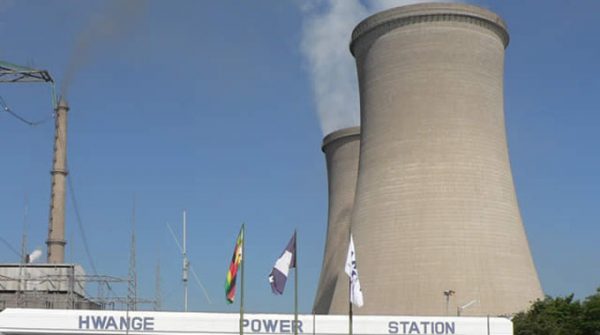Hwange Colliery Company output remains subdued

COAL Miner, Hwange Colliery Company Limited (HCCL) has recorded a 27 per cent increase in coal output without the involvement of a contractor, Mota Engil, with overall output, however, remains subdued in the year ended December 31, 2019.
HCCL was placed under administration by Government in 2018 following gross and persistent losses, as well as technical insolvency with liabilities exceeding assets, among others.
In a statement accompanying financial results for the period under review, HCCL administrator Mr Bekhithemba Moyo said the strategic focus was on increasing production and sales of high-value coking coal.
“It was encouraging to note that own production increased by 27 per cent during the period under review, despite the overall production decreasing by 43 per cent mainly as a result of contractor production, which decreased by 75 per cent.
“Over time, less reliance should be placed on contractors with own mining being a priority as it is cheaper and generally more reliable,” he said.
However, the major challenge in achieving this is largely due to lack of financial and human capital, aspects which will continue to be prioritised going forward, said Mr Moyo.
“Own open cast operations at JKL Mine produced 449 454 tonnes in 2019, which was an increase of 22 per cent from 2018 production of 366 959 tonnes.
“Production by the contractor at Chaba Mine dropped by 75 per cent from 1,2 million tonnes in 2018 to 306 825 tonnes in 2019,” he said.
As a result, overall opencast mine production in 2019 was 52 per cent below that of 2018. This was mainly attributable to low contractor activity and working capital challenges, shortages of diesel in the market and foreign currency to buy spares and explosives.
The underground operation at 3 Main Mine produced 268 603 tonnes in 2019, which was an increase of 37 per cent from 2018 production of 196 060 tonnes.
“The increase was attributable to improved operational funding support and the credit facility availed by the major original equipment manufacturer, Komatsu South Africa, which has been working well.
“This was, however, below the 2019 annual target of 409 500 tonnes, attributable to a shortage of working capital and foreign currency for spares and consumables, mainly imported from South Africa,” said the company.
Total coal mined by opencast operations totalled 756 279 tonnes, a 52 per cent decline in production from the previous year. Total coal from HCCL pits was 449 454 tonnes, a 22 per cent increase in production from 2018 while the contractor Mota Engil mined a total of 306 825 tonnes, which was a 75 per cent decline in production.
A total of 554 619 tonnes of coal was delivered to Hwange Power Station during the course of the year. During the period under review, the mine received and commissioned the 18-seater personnel carrier, which Mr Moyo said reduces fatigue on underground employees who were travelling a long distance.
“The Continuous Miner (CM) had a major breakdown towards the end of 2019 and was subsequently trammed out of the mine in December 2019 for repairs and opportunistic maintenance works. The CM resumed work in March 2020,” he said.
On a historic cost basis, the company’s performance improved from a gross loss of ZWL$3,3million for the year ended December 31, 2019, to a gross profit of ZWL$182 million for the year under review. The net loss position, however, increased from ZWL$78 million to ZWL$91 million due to an exchange loss of ZWL$322 million on legacy foreign creditors.
On an inflation-adjusted basis, the performance improved from a loss of ZWL$21 million and a net loss of ZWL$487 million to a gross profit of ZWL$422 million and after-tax profit of ZWL$1,5 million.
“Revenue increased by 105 per cent from ZWL$429 million to ZWL$881 million in 2019 on an inflation-adjusted basis and on historic it increased by 54 per cent from ZWL$69,1 million in 2018 to ZWL$422 million in 2019.
“This was largely due to a combination of an increase in high-value coking coal sales as well as frequent adjustment to product prices in line with changes to the interbank rates, which were introduced in February 2019,” he said. _Chronicle


